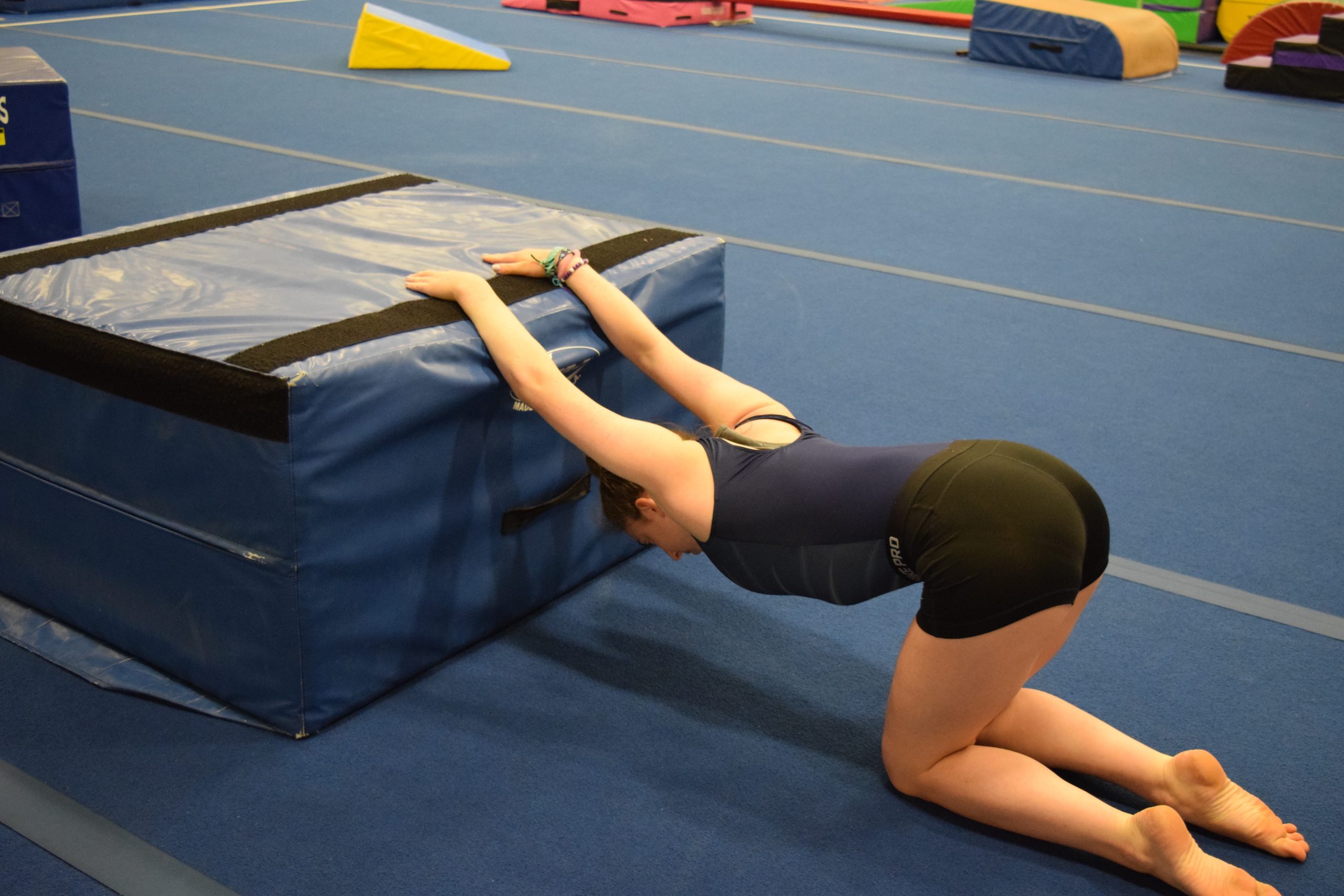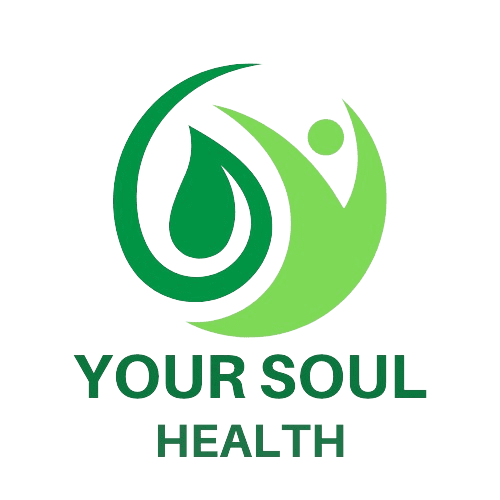Flexibility drills for gymnastics include dynamic stretches, static stretches, and PNF stretching. These exercises enhance range of motion and prevent injuries.
Gymnastics demands exceptional flexibility to perform complex routines with grace and precision. Flexibility drills are essential for gymnasts to achieve the necessary range of motion and prevent injuries. Dynamic stretches, such as leg swings and arm circles, prepare muscles for activity.
Static stretches, like splits and bridges, improve muscle length and joint flexibility. Proprioceptive Neuromuscular Facilitation (PNF) stretching involves contracting and relaxing muscles to increase flexibility. Incorporating these drills into regular training helps gymnasts maintain peak physical condition. Consistent practice ensures optimal performance and reduces the risk of strains and sprains. Flexibility training is crucial for gymnastics success.
Importance Of Flexibility
Flexibility is crucial for gymnasts. It enhances their performance and reduces injury risks.
Flexible muscles allow gymnasts to perform complex moves smoothly.
It also ensures they can reach full range of motion in their routines.
Benefits For Gymnasts
Flexible gymnasts can achieve better technique and form.
They can perform splits, backbends, and other advanced moves with ease.
- Improved balance and coordination
- Enhanced muscle control
- Greater agility and speed
Injury Prevention
Flexibility is key in injury prevention.
Muscles that stretch easily are less likely to tear.
Flexible joints can withstand more stress.
| Flexible Muscle | Benefit |
|---|---|
| Hamstrings | Better splits and kicks |
| Shoulders | Improved handstands and cartwheels |
| Back | Enhanced backbends and bridges |
Regular stretching reduces the risk of strains and sprains.
Following strenuous exercise, it speeds up muscle recovery.
Dynamic Stretching
Dynamic stretching is vital for gymnasts. It helps increase flexibility and reduce injury risk. This stretching involves moving parts of your body. It uses controlled movements to improve range of motion and muscle flexibility.
Warm-up Techniques
Before starting dynamic stretches, a proper warm-up is essential. A warm-up increases blood flow and prepares muscles. Here are some effective warm-up techniques:
- Jogging: Light jogging for 5-10 minutes.
- Jumping Jacks: Perform 3 sets of 20 reps.
- Arm Circles: Rotate arms in small and large circles.
Examples Of Dynamic Stretches
Dynamic stretches should be part of every gymnast’s routine. Here are some excellent examples:
| Stretch | Description |
|---|---|
| Leg Swings | Stand and swing one leg forward and backward. Repeat 15 times for each leg. |
| Hip Circles | Place hands on hips and rotate in a circle. Perform 10 rotations in each direction. |
| Arm Swings | Swing arms forward and backward. Perform 20 swings. |
| Walking Lunges | Step forward into a lunge, then switch legs. Do 10 lunges per leg. |
| Torso Twists | Twist your torso side to side. Do 20 twists. |
Incorporate these dynamic stretches into your daily routine. They help enhance performance and prevent injuries. Always ensure you perform these stretches correctly.
Static Stretching
Static stretching is crucial for gymnasts. It helps improve flexibility and prevents injury. This type of stretching involves holding a position for a period of time. It allows muscles to lengthen and relax. It is often performed during cool-down sessions after intense training.
Cool-down Exercises
Cool-down exercises are essential after every gymnastics practice. They help reduce muscle stiffness and promote recovery. Here are some effective cool-down exercises:
- Light jogging or walking for 5 minutes
- Arm circles and shoulder rolls
- Gentle twists and bends to loosen the spine
- Deep breathing exercises to relax the body
Key Static Stretches
Incorporating key static stretches into your routine can greatly enhance flexibility. Below are some key static stretches for gymnasts:
| Stretch | Description |
|---|---|
| Forward Bend | Stand with feet together and reach for your toes. Hold for 30 seconds. |
| Butterfly Stretch | Sit with feet together, knees bent, and press knees to the floor. Hold for 30 seconds. |
| Straddle Stretch | Sit with legs wide apart. Reach forward and hold for 30 seconds. |
| Calf Stretch | Stand with one foot forward, press the heel of the back foot down. Hold for 30 seconds. |
| Quadriceps Stretch | Stand on one leg, pull the other heel towards your buttocks. Hold for 30 seconds. |
Incorporate these stretches into your routine. Consistency is key to improvement. Aim to hold each stretch for at least 30 seconds. Repeat them 2-3 times for optimal results.

Credit: gymnasticshq.com
Pnf Stretching
Gymnastics demands high levels of flexibility and strength. One effective method to improve flexibility is PNF Stretching. PNF stands for Proprioceptive Neuromuscular Facilitation. This technique combines stretching and contracting muscles to enhance flexibility.
How Pnf Works
PNF Stretching uses muscle contraction and relaxation. It involves a series of movements that improve muscle elasticity. The process includes three main steps:
- Stretch the muscle to its limit.
- Contract the muscle against resistance.
- Relax and stretch the muscle further.
These steps help increase the muscle’s range of motion. The technique also involves a partner to provide resistance. This ensures the muscle is fully engaged.
Effective Pnf Techniques
Several PNF techniques can help improve flexibility. Here are the most effective ones:
- Hold-Relax: Stretch the muscle, hold for 10 seconds, then relax.
- Contract-Relax: Contract the muscle for 5 seconds, then relax and stretch.
- Hold-Relax with Agonist Contraction: Stretch, contract the opposing muscle, then relax and stretch further.
These techniques can be applied to various muscle groups. Below is a table showcasing some common PNF stretches and their target muscles:
| Stretch | Target Muscle |
|---|---|
| Hamstring Stretch | Hamstrings |
| Quad Stretch | Quadriceps |
| Calf Stretch | Calves |
Incorporate PNF stretching into your gymnastics routine. These stretches will improve flexibility and performance. Remember to practice regularly for the best results.
Strength And Flexibility
Gymnastics requires a blend of strength and flexibility. This combination allows gymnasts to perform with grace and power. Building both aspects helps prevent injuries and enhances performance.
Building Core Strength
Core strength is vital for gymnasts. A strong core provides balance and stability. Engage in exercises like planks and sit-ups. These drills enhance the muscles in the abdomen and lower back.
- Planks: Spend 30 seconds in the plank posture.
- Sit-Ups: Perform 20 sit-ups daily.
- Russian Twists: On each side, perform 15 twists.
These exercises develop a solid foundation. They support the body during complex moves. Consistent practice builds endurance and strength.
Balancing Strength And Flexibility
Balancing strength and flexibility is crucial. Too much strength can reduce flexibility. Flexibility exercises, such as splits and bridges, should be included. These help maintain a balance between muscle strength and elasticity.
Consider the following flexibility drills:
| Exercise | Duration |
|---|---|
| Splits: | Hold each split for 1 minute. |
| Bridges: | Hold the bridge position for 30 seconds. |
| Forward Bends: | Stretch for 1 minute. |
These exercises ensure muscles remain flexible. They prevent stiffness and improve range of motion. Regular practice balances strength and flexibility, making gymnasts more agile and resilient.

Credit: gymnasticshq.com
Daily Flexibility Routine
Maintaining a daily flexibility routine is crucial for gymnasts. It lowers the chance of injury while improving performance. Incorporate these routines into your daily schedule to see significant improvements.
Morning Stretch Routine
Starting your day with a morning stretch routine can set the tone for the rest of the day. The following are some crucial stretches to perform:
- Cat-Cow Stretch: Improves spinal flexibility. Do it for 5 minutes.
- Standing Hamstring Stretch: Loosens hamstrings. Hold each side for thirty seconds.
- Shoulder Stretch: Enhances shoulder mobility. Hold each arm for 30 seconds.
- Quadriceps Stretch: Keeps quads flexible. Hold each leg for 30 seconds.
Evening Flexibility Drills
Winding down with evening flexibility drills can help your muscles recover and prepare for the next day’s training. Try the following drills:
- Forward Bend: Stretches the back and hamstrings. Hold for 1 minute.
- Seated Straddle Stretch: Increases hip flexibility. Hold each side for 1 minute.
- Butterfly Stretch: Opens up the hips. Hold for 2 minutes.
- Bridge Pose: Strengthens the back. Hold for 1 minute.
| Day | Morning Routine | Evening Routine |
|---|---|---|
| Monday | Cat-Cow, Hamstring Stretch | Forward Bend, Seated Straddle |
| Tuesday | Shoulder Stretch, Quadriceps Stretch | Butterfly Stretch, Bridge Pose |
| Wednesday | Cat-Cow, Hamstring Stretch | Forward Bend, Seated Straddle |
| Thursday | Shoulder Stretch, Quadriceps Stretch | Butterfly Stretch, Bridge Pose |
| Friday | Cat-Cow, Hamstring Stretch | Forward Bend, Seated Straddle |
| Saturday | Shoulder Stretch, Quadriceps Stretch | Butterfly Stretch, Bridge Pose |
| Sunday | Rest Day | Rest Day |
Tools And Equipment
Gymnastics requires flexibility and strength. Using the right tools and equipment can improve your flexibility drills. Here’s a look at some essential tools for gymnasts.
Using Stretch Bands
Stretch bands are essential for flexibility training. They provide resistance and help with controlled stretching.
- Use stretch bands to warm up your muscles.
- Loop the band around your foot for leg stretches.
- Hold the band with both hands for arm stretches.
Stretch bands come in different resistance levels. Based on your degree of strength, select the appropriate one.
Foam Rollers And Blocks
Foam rollers are great for muscle recovery. They increase flexibility and relieve tense muscles.
- Roll your back on the foam roller to ease tension.
- Use the roller on your legs to reduce soreness.
- Place the roller under your calves for a deep stretch.
Blocks are useful for stability. They support different poses and stretches.
- Use blocks to extend your reach during stretches.
- Place a block under your hand for balance in poses.
- Blocks help maintain alignment in challenging stretches.
Using these tools can make your flexibility drills more effective. Incorporate them into your routine for better results.

Credit: shiftmovementscience.com
Flexibility Progress Tracking
Tracking flexibility progress in gymnastics is crucial. It helps gymnasts achieve their goals. This section outlines methods for setting goals and monitoring improvements. This ensures gymnasts stay on the right path.
Setting Flexibility Goals
Setting clear goals is the first step. Goals should be specific, measurable, and achievable. Write down your goals to stay focused.
- Touching toes
- Splits
- Backbends
Choose goals that match your current level. Make sure they are realistic. Segment major objectives into more manageable steps.
Monitoring Improvements
Monitoring your progress is key. Keep a flexibility journal. Record your daily stretching routines and results.
| Day | Stretching Exercise | Duration | Progress Notes |
|---|---|---|---|
| Monday | Forward Bend | 5 minutes | Reached toes |
| Tuesday | Splits | 10 minutes | Got lower |
Take photos to compare your flexibility over time. Use a ruler to measure your progress. Consistent tracking helps you see improvements.
Celebrate small victories. Reward yourself for meeting milestones. This keeps you motivated.
Frequently Asked Questions
How Do Gymnasts Improve Flexibility?
Gymnasts improve flexibility through regular stretching routines, dynamic warm-ups, and consistent practice. They also incorporate yoga and pilates.
What Are 4 Methods To Improve Flexibility?
1. Stretch daily to enhance muscle elasticity. 2. Practice yoga for improved flexibility and balance. 3. Perform dynamic warm-ups before workouts. 4. Use foam rollers for muscle relaxation and flexibility.
Can You Do Gymnastics If You’re Not Flexible?
Yes, you can do gymnastics without being very flexible. Strength, coordination, and practice can compensate for limited flexibility.
What Are Some Stretches In Gymnastics?
Some stretches in gymnastics include the pike stretch, straddle stretch, bridge, cat-cow stretch, and shoulder stretch. These improve flexibility and performance.
Conclusion
Flexibility drills are essential for gymnastics success. They improve range of motion and prevent injuries. Consistent practice leads to noticeable progress. To improve performance, including these drills in your program. Stay dedicated and watch your flexibility soar. Remember, patience and persistence are key.
Keep pushing your limits for optimal results.

